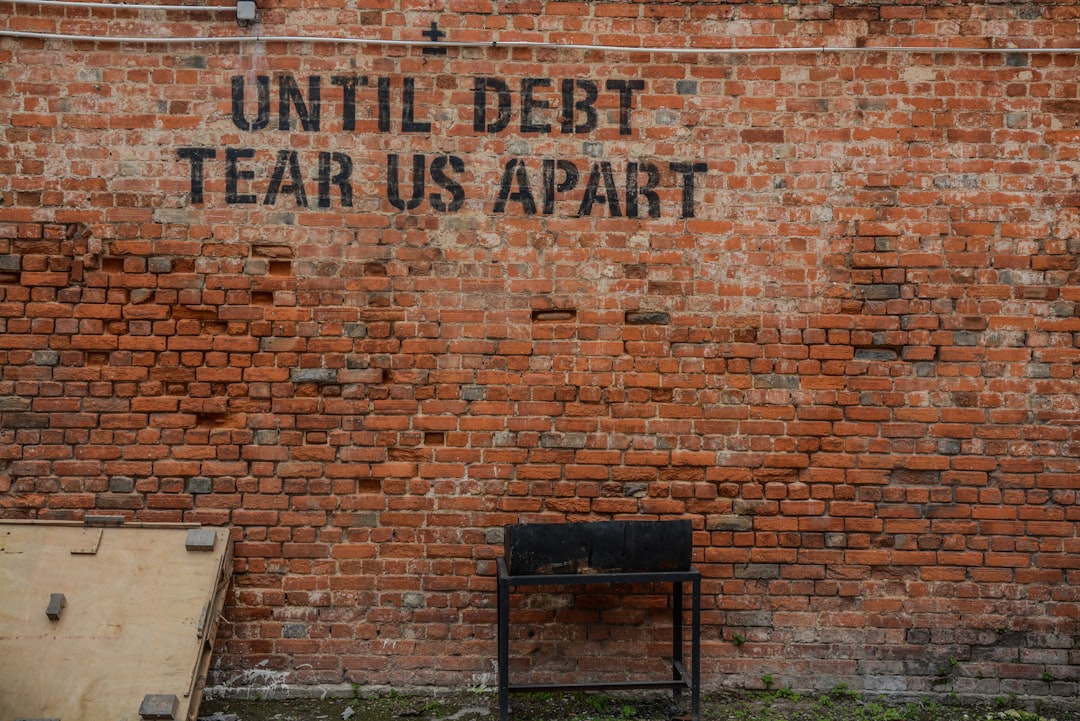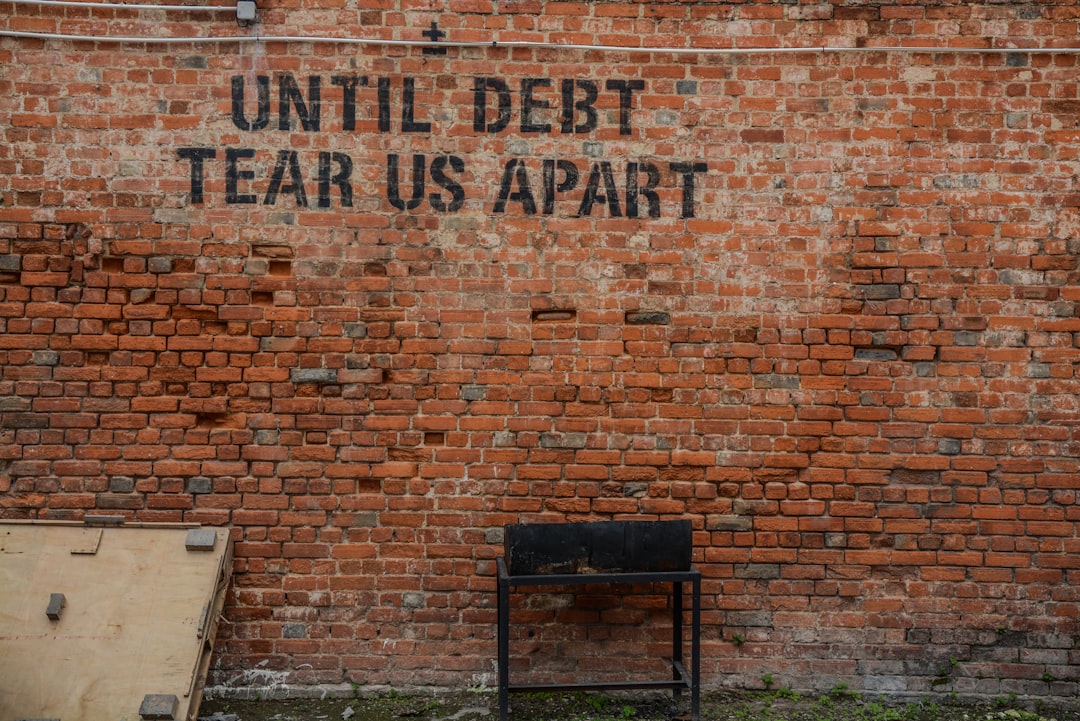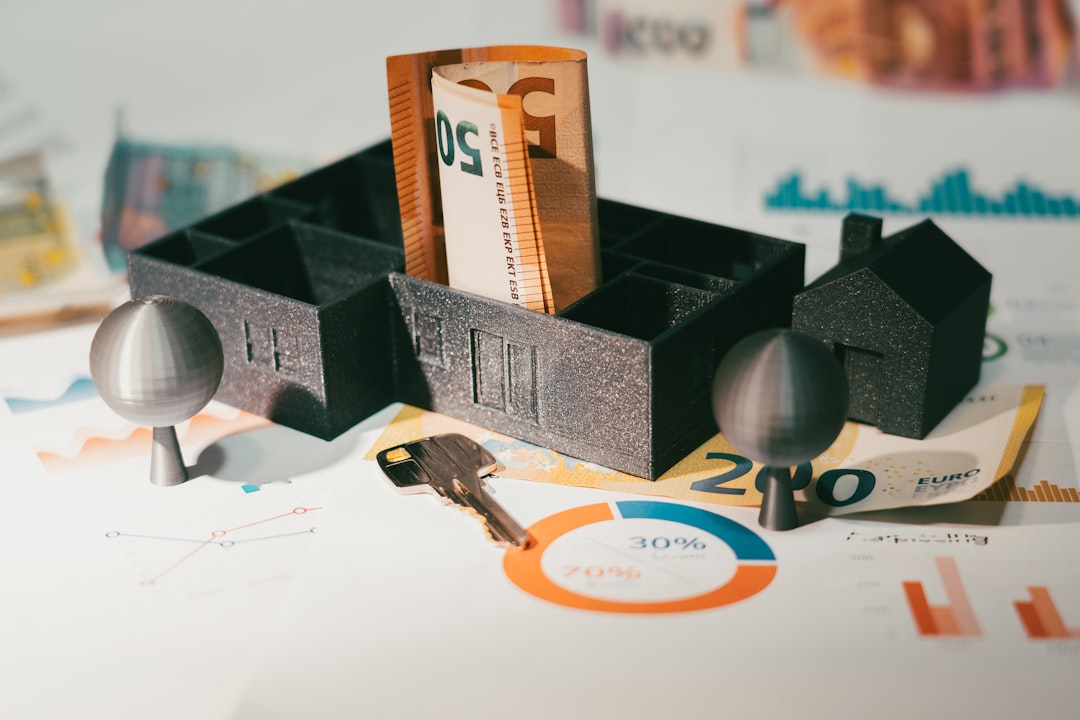Credit card debt consolidation is a strategic approach where multiple high-interest credit card debts are merged into one loan with lower rates and simplified payments. Individuals can choose between secured (using assets as collateral) and unsecured loans, depending on their financial health and risk tolerance. Key considerations include low interest rates, clear terms, flexible repayment plans, and lender services supporting debt management. Understanding your financial situation, comparing lenders, and assessing different types of loans are crucial steps. Case studies show that consolidation can dramatically reduce monthly payments and save on interest costs, leading to quicker debt elimination and improved financial well-being.
Thinking about debt consolidation? It’s a popular strategy to simplify repayment and reduce interest rates. This article guides you through the process, offering a comprehensive overview of secured and unsecured debt consolidation loans. We explore the pros and cons of each type, highlighting key factors like credit score impact, interest rates, and potential savings. Learn how to choose the best loan for your situation and discover real-world success stories in our detailed case studies focusing on credit card debt consolidation.
- Understanding Debt Consolidation: A Comprehensive Overview
- The Role of Secured and Unsecured Loans in Debt Consolidation
- Qualities of a Good Credit Card Debt Consolidation Loan
- Pros and Cons of Each Loan Type: Weighing Your Options
- Steps to Secure the Best Debt Consolidation Loan for You
- Real-World Examples: Case Studies of Successful Consolidations
Understanding Debt Consolidation: A Comprehensive Overview

Debt consolidation is a strategic financial move that combines multiple debts into one loan, offering potential benefits such as lower interest rates and simplified repayment schedules. It’s particularly useful for individuals dealing with high-interest credit card debt, allowing them to pay off their balances more efficiently. The process involves taking out a new loan, often from a bank or lending institution, which is then used to repay existing debts. This consolidation not only streamlines monthly payments but can also reduce the overall cost of borrowing.
For individuals burdened by credit card debt, understanding this consolidation process is crucial. By consolidating their cards, they may negotiate better terms and conditions, such as lower interest rates or fee waivers, which can significantly impact their financial health. This strategy provides a clear repayment path, making it easier to manage and ultimately pay off the debt.
The Role of Secured and Unsecured Loans in Debt Consolidation

Debt consolidation is a strategic approach to managing and reducing multiple debts, especially when dealing with high-interest credit card debt. It involves combining several loans or debts into one single loan with a potentially lower interest rate, making repayment more manageable and cost-effective. Herein lies the significance of secured and unsecured debt consolidation loans.
Secured loans use an asset, often a property or vehicle, as collateral, which the lender can seize if the borrower defaults on repayments. This type of loan typically offers lower interest rates but carries a higher risk for the borrower. On the other hand, unsecured loans do not require any collateral and are based solely on the borrower’s creditworthiness. While they may come with higher interest rates, they pose less risk to the borrower, making them an attractive option for those seeking credit card debt consolidation. The choice between secured and unsecured loans depends on an individual’s financial health, available assets, and their comfort level with potential risks.
Qualities of a Good Credit Card Debt Consolidation Loan

When considering a credit card debt consolidation loan, it’s essential to look for specific qualities that will make the repayment process smoother and more manageable. First and foremost, the loan should offer a lower interest rate compared to your current credit card balances. This is crucial as it directly impacts the total cost of repayment and can save you significant money in the long run. A good consolidation loan also provides clear terms and conditions, ensuring there are no hidden fees or complex payment structures that could catch you off guard.
Flexibility is another key aspect. Look for loans with customizable repayment plans to suit your financial situation. This might include options for varying interest rates, loan terms, and minimum payment amounts. Additionally, consider lenders who offer features like account monitoring tools, debt management resources, or even credit counseling services as part of the package. These can empower you to track your progress, make informed decisions, and ultimately, achieve a debt-free future more effectively.
Pros and Cons of Each Loan Type: Weighing Your Options

When considering debt consolidation, understanding the differences between secured and unsecured loans is crucial. Secured debt consolidation involves using an asset, typically a house or car, as collateral. Pros include potentially lower interest rates and fixed monthly payments, offering stability and control over your finances. However, there’s a risk of losing the collateral if you default on repayments. This loan type is ideal for those with substantial equity and a solid financial standing.
Unsecured debt consolidation loans, on the other hand, do not require any collateral. They offer convenience as they can be used for various purposes, including credit card debt consolidation. The main advantage is accessibility; anyone with good credit may qualify. However, interest rates tend to be higher without collateral to back the loan. This option suits those looking for flexibility but requires a robust repayment strategy to avoid escalating debt due to potential higher costs.
Steps to Secure the Best Debt Consolidation Loan for You

When looking for the best debt consolidation loan, understanding your financial situation is key. Begin by assessing the type and amount of debt you carry, especially credit card debt. Create a detailed budget to track income and expenses, enabling you to identify areas where you can cut back and allocate more funds towards repayment. This step is crucial in determining your borrowing capacity and the loan terms that align with your budget.
Next, compare different lenders and their offerings. Explore various types of loans, such as personal loans or home equity loans, considering both secured and unsecured options. Evaluate interest rates, loan terms, and any associated fees. Secure debt consolidation loans often offer lower interest rates but require collateral, while unsecured loans are more accessible but may have higher rates. Choose a lender that suits your needs and financial health, ensuring transparency in the process.
Real-World Examples: Case Studies of Successful Consolidations

In the realm of credit card debt consolidation, real-world examples offer valuable insights into the success and impact of strategic loan consolidations. Consider a case where an individual, burdened by multiple high-interest credit cards, decides to consolidate their debt into a single, lower-interest loan. By doing so, they significantly reduce their monthly payments from, say, five cards at 18% interest rates to one loan at 7%. This not only simplifies their finances but also saves them substantial amounts in interest over time.
Another successful consolidation story involves a young professional with student loans and credit card debt. Through careful planning and a consolidated loan, they manage to pay off both types of debt more efficiently. The lower interest rates on the consolidated loans allowed them to allocate more funds towards paying off the principal, leading to quicker debt elimination and improved financial freedom. These examples underscore how strategic debt consolidation can transform financial landscapes, turning overwhelming debt into manageable, affordable obligations.
When deciding on a credit card debt consolidation loan, understanding both secured and unsecured options is key. Secured loans offer potential advantages like lower interest rates but come with collateral risks, while unsecured loans provide flexibility without the risk of asset loss. By evaluating your financial situation, comparing loan terms, and choosing a lender with strong reputation, you can make an informed decision to consolidate credit card debt effectively and move towards a healthier financial future.
